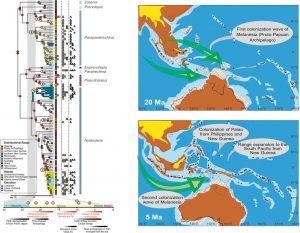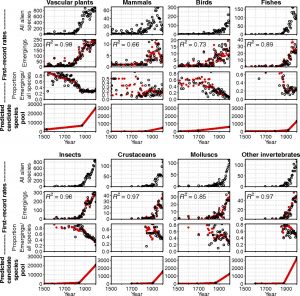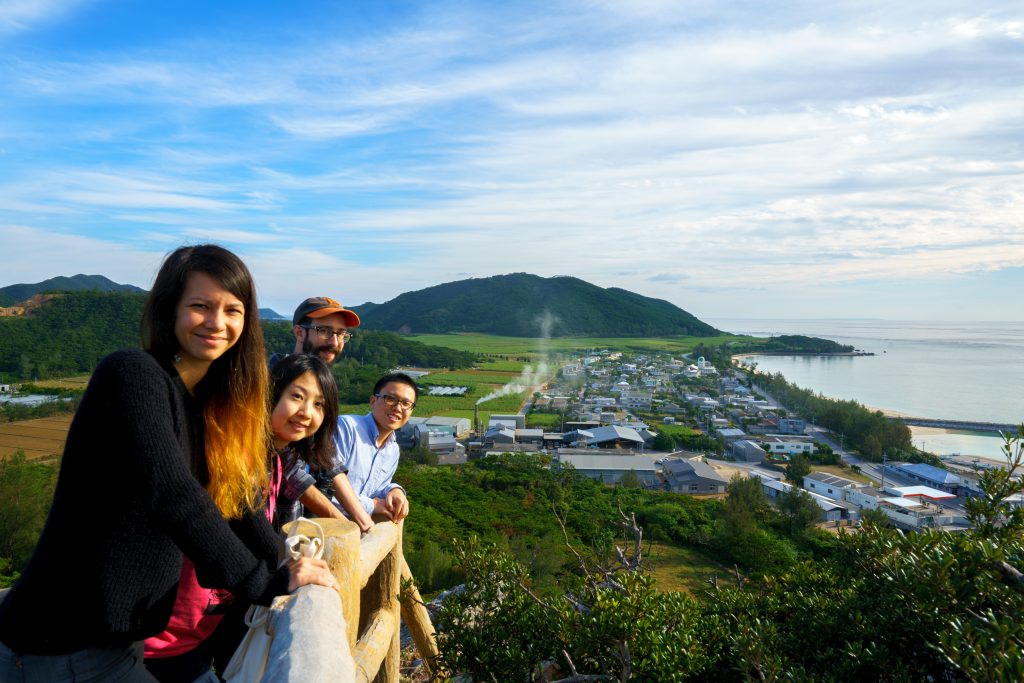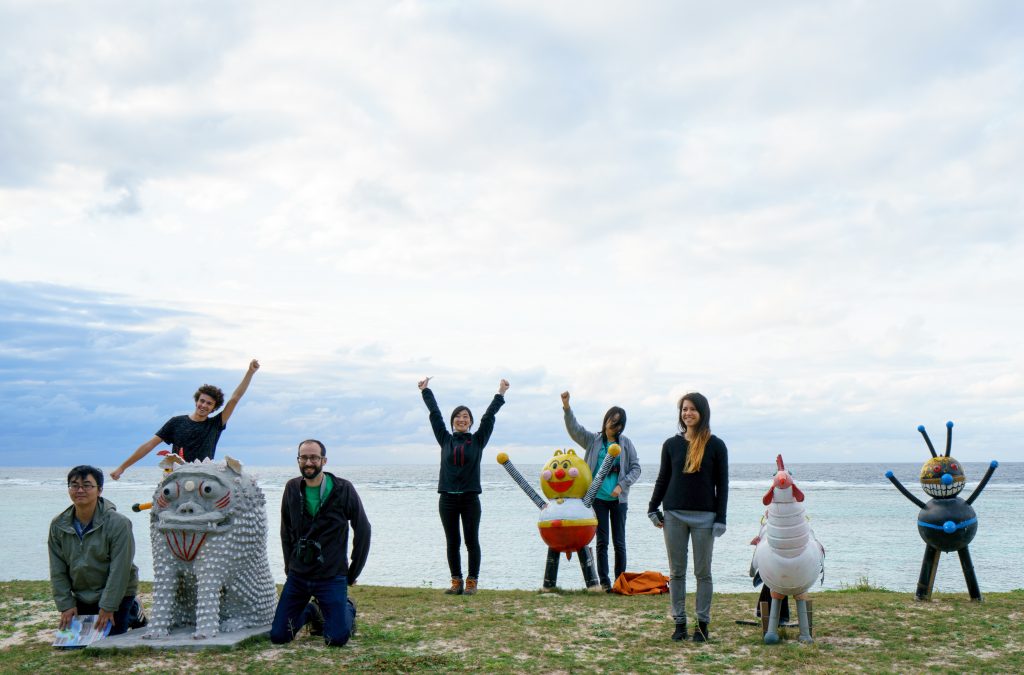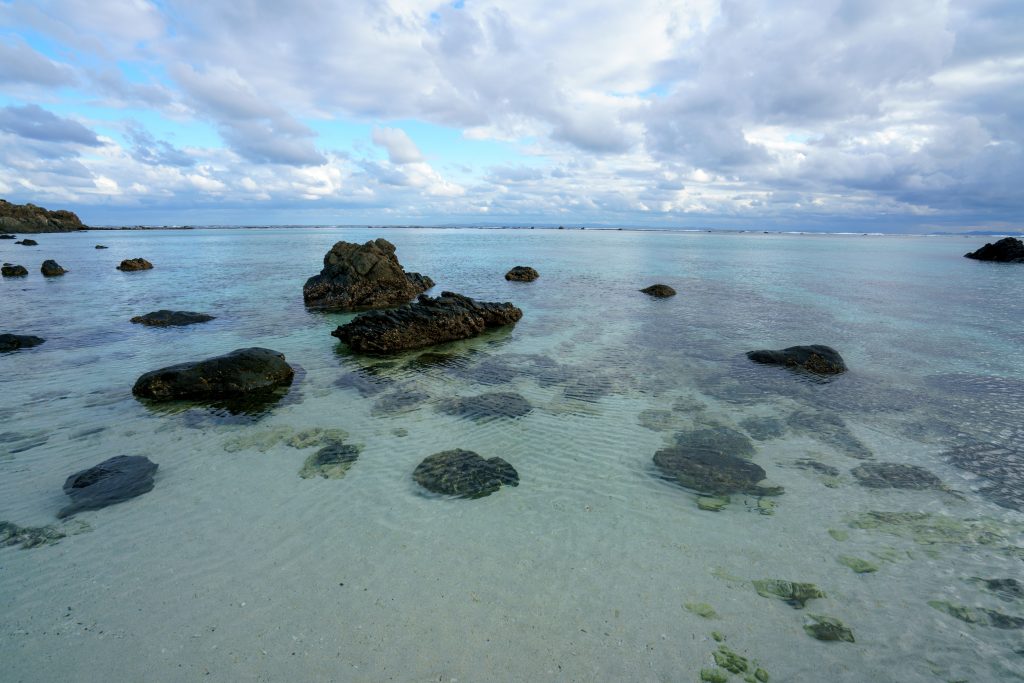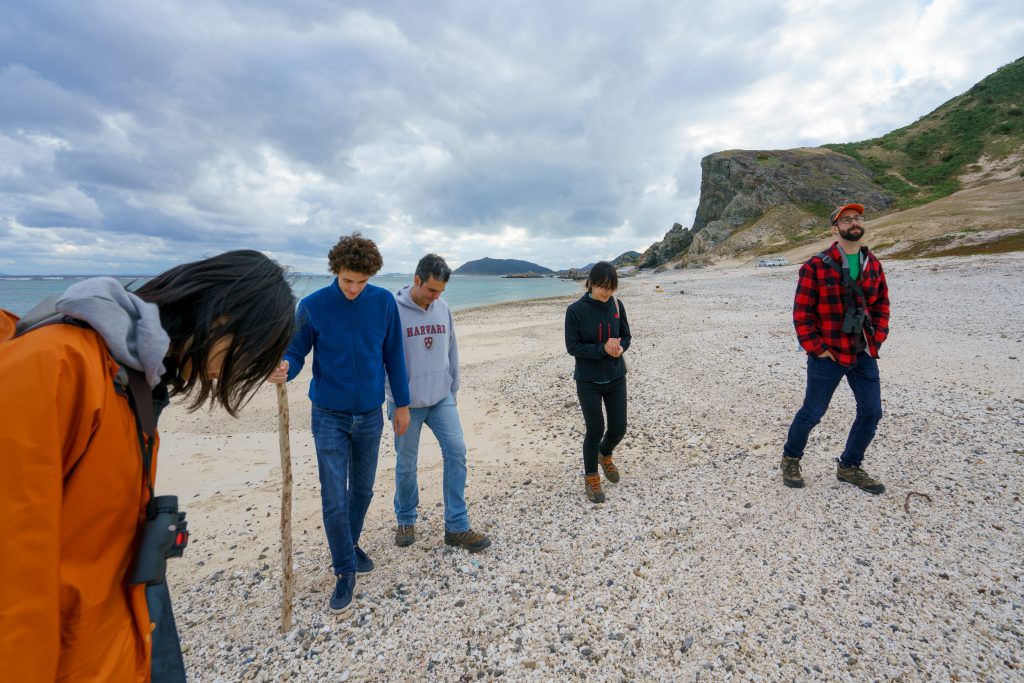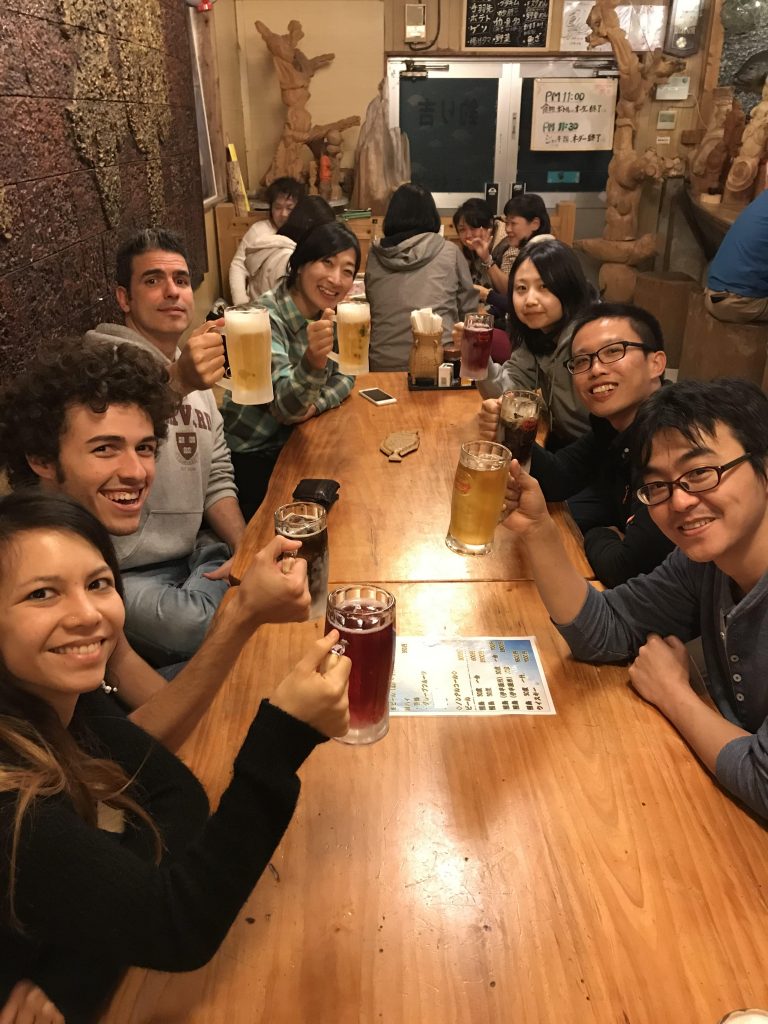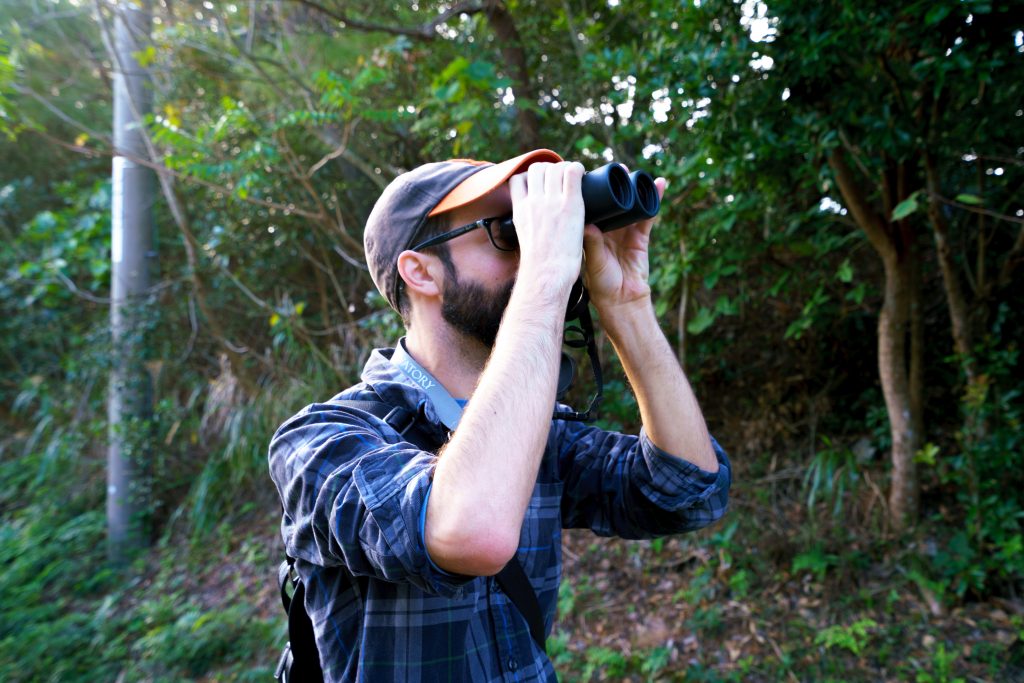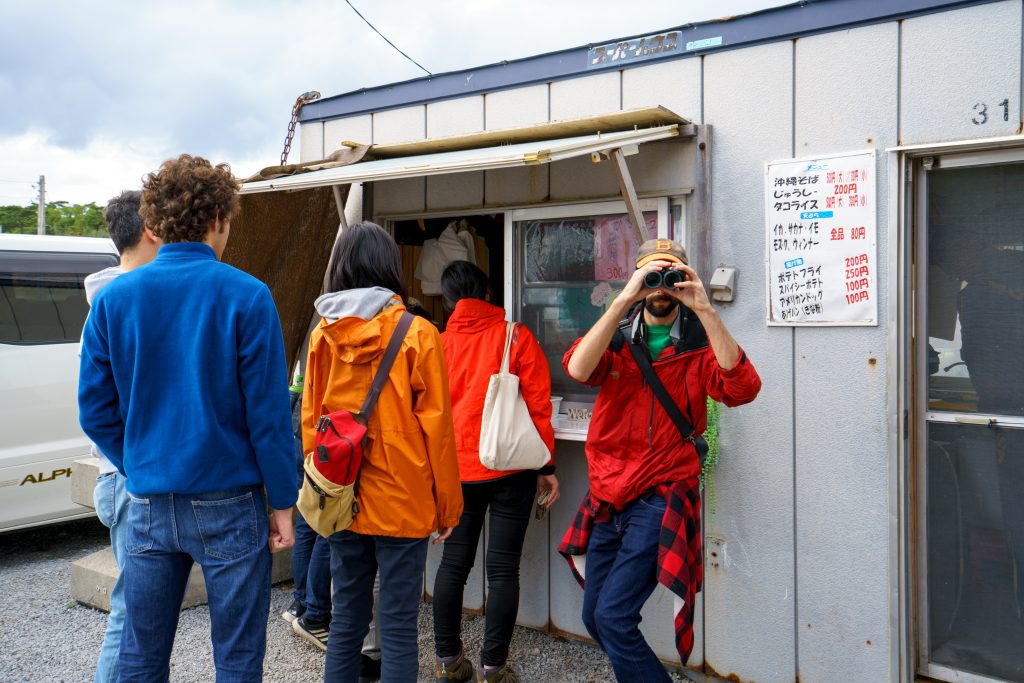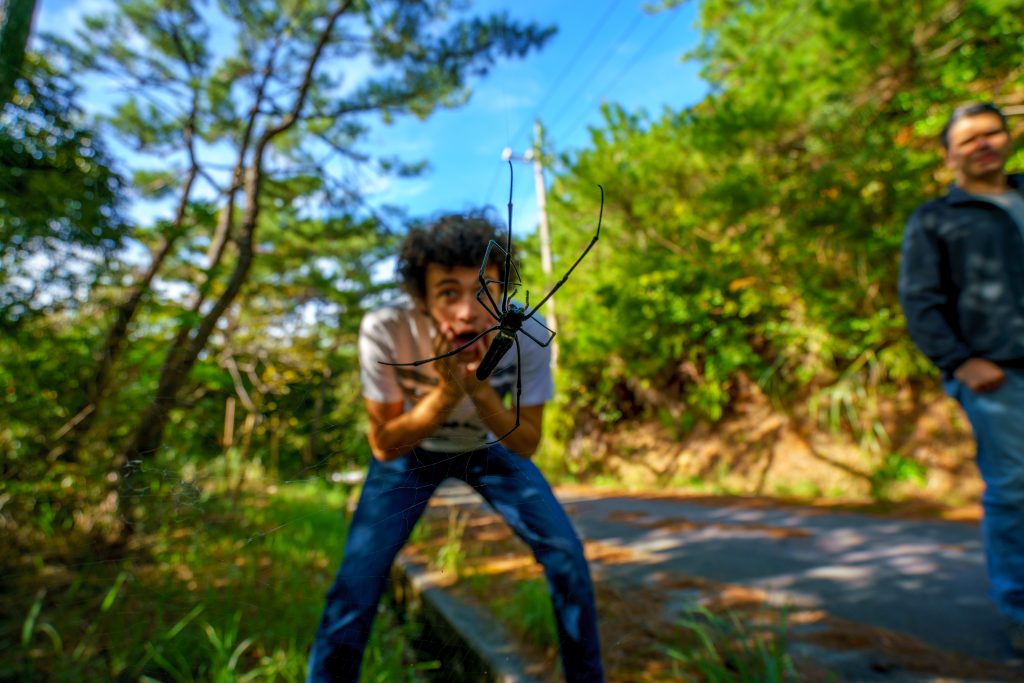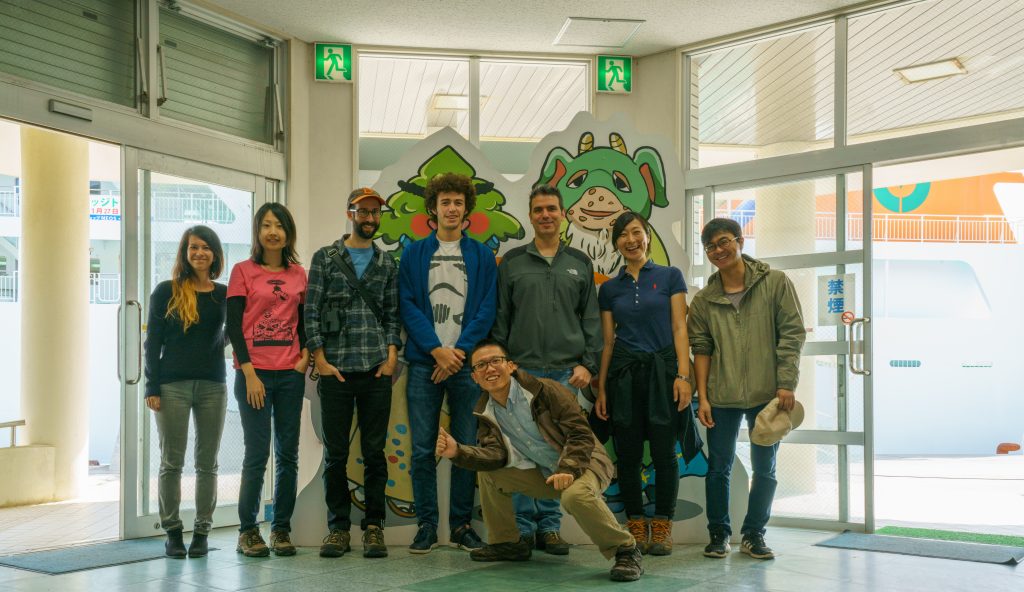Several Arilab members attended the 65th Annual Meeting of the Ecological Society of Japan in Sapporo, Hokkeido, from March 14th to march 18th. It was a great opportunity for students, postdocs, and staff scientists to present Arilab research to a broader Japanese audience. At the same time, it was a good occasion for networking, chatting about potential future collaborations, and learn more about the research done in other labs throughout Japan.
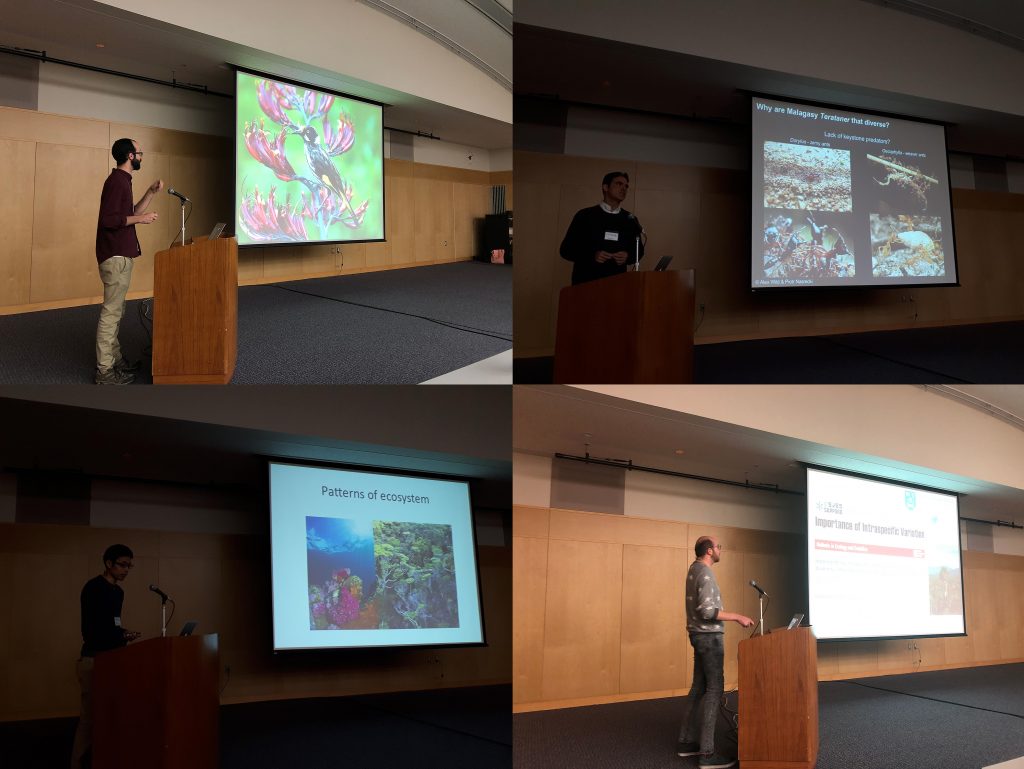
Spearheaded by Nick Friedman and supported by Nao Takashina and Francisco Hita Garcia our lab organized a successful English-speaking symposium with the title “Biodiversity: linking biogeographic pattern and process”.
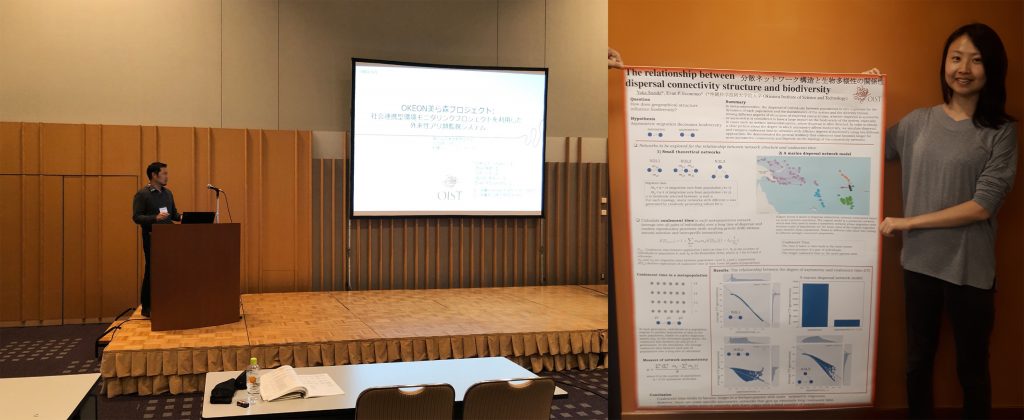
Masashi Yoshimura also gave an interesting about the OKEON Churamori Project and Yuka Suzuki successfully presented her poster showing her PhD project.
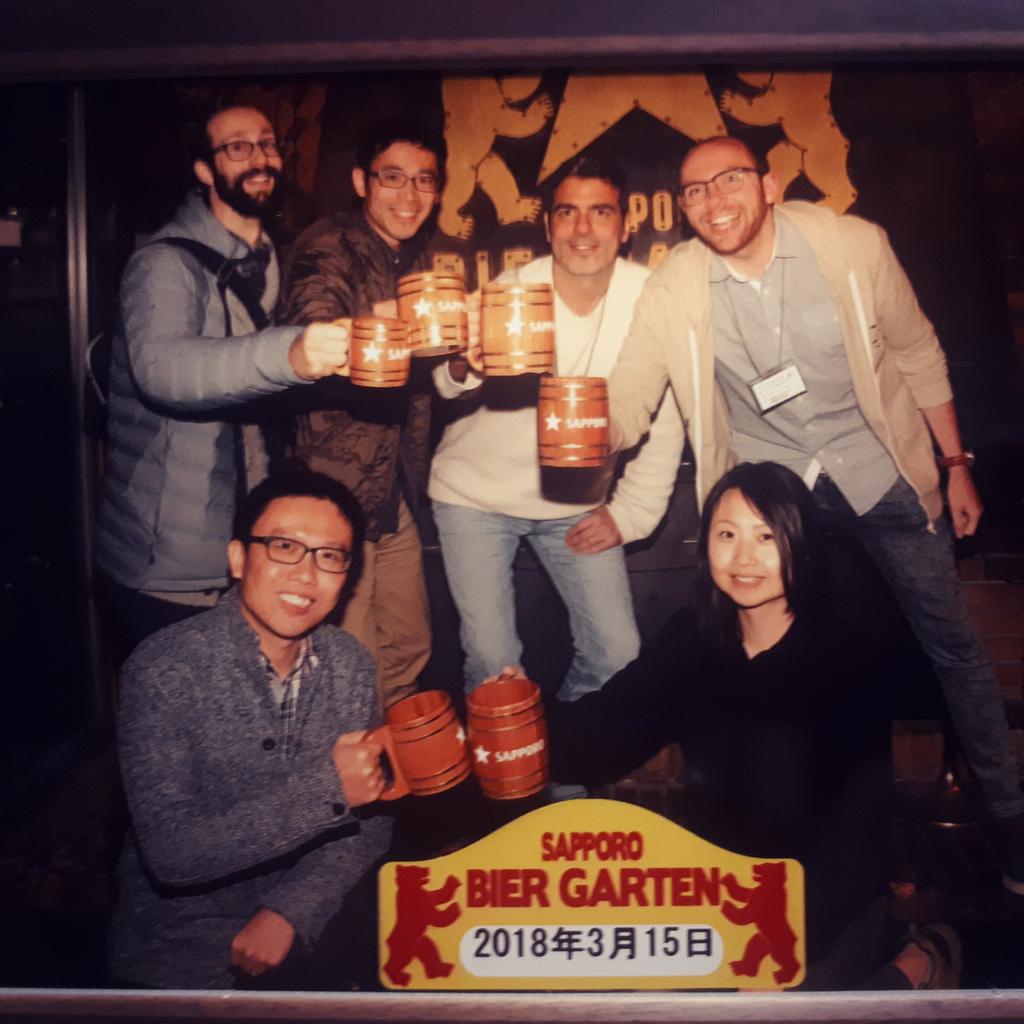
We also enjoyed the local Hokkeido cuisine, especially a visit to the Sapporo Bier Garten!




